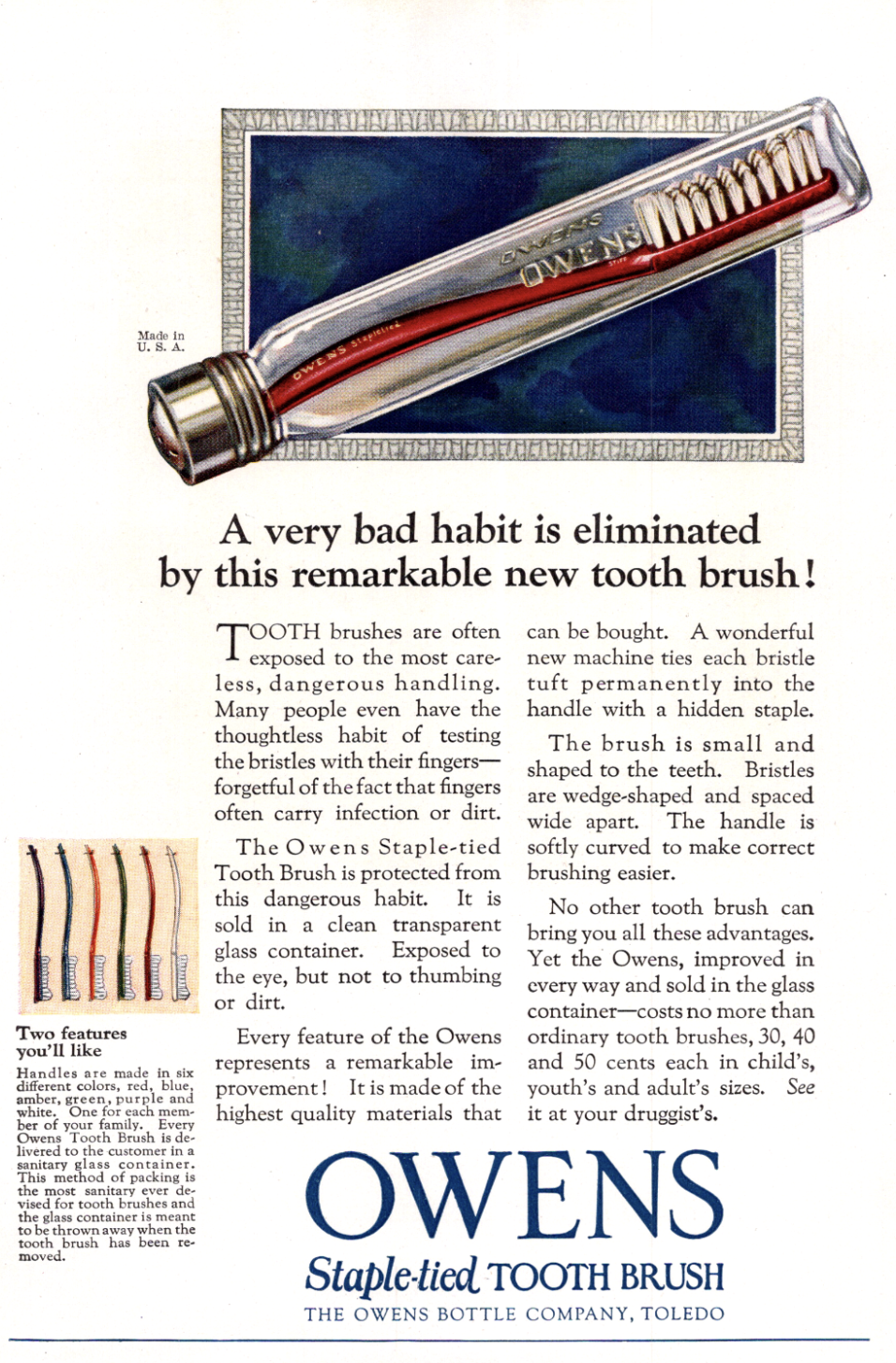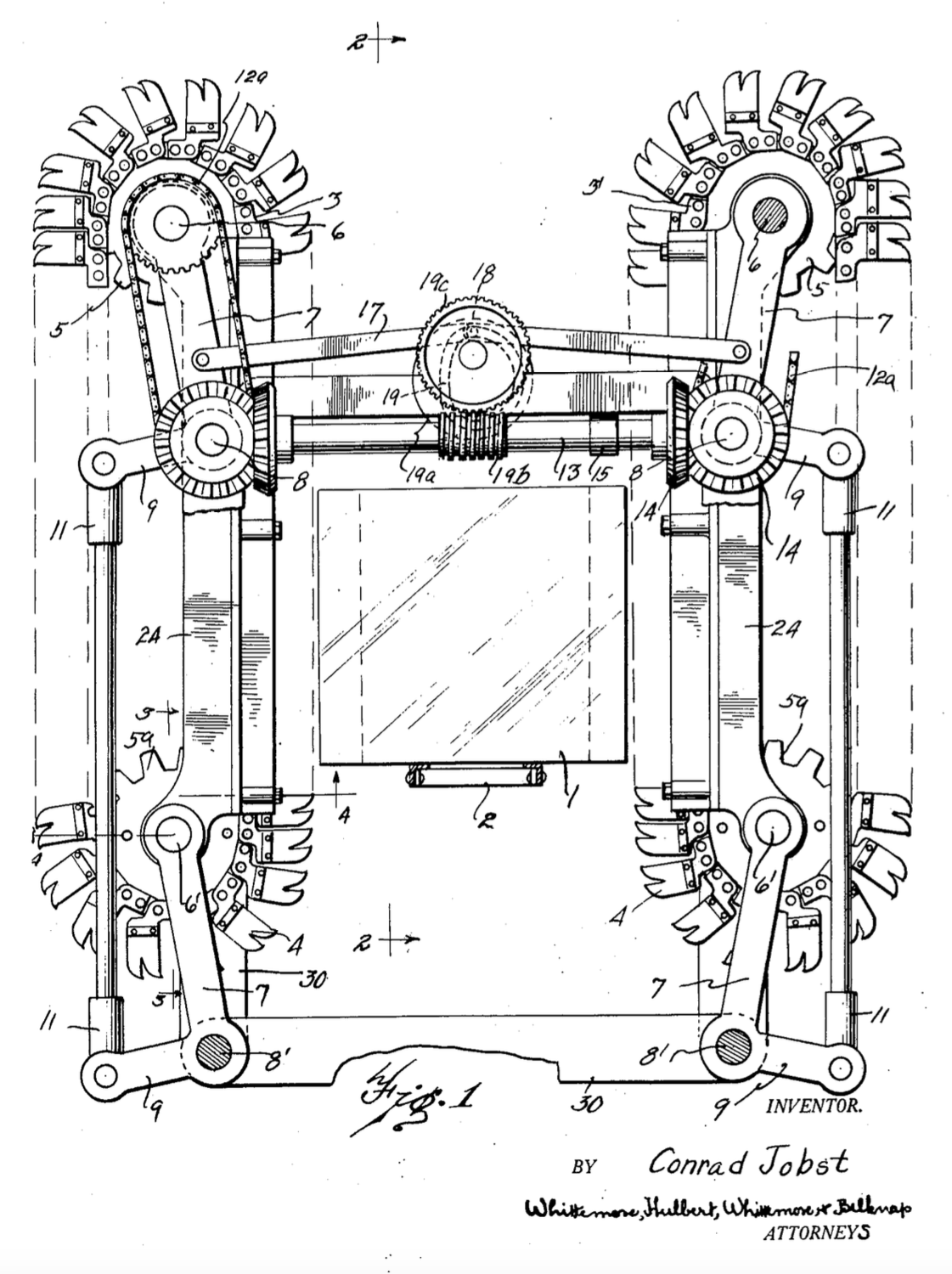Conrad Jobst - The GOAT of Inventor Swan Songs

U.S. Patent No. 1,619,128 issued to Conrad Jobst on this day, March 1st, in 1927 (95 years ago).
The Jobst name is known around the world for…ice-scoring machines? No, of course not. The Jobst name is world famous for compression garments—stockings, sleeves, and such—that help people with blood circulation issues. Conrad Jobst, the inventor of the ice-scoring machine of the ‘128 patent, invented the stocking that serves as the fountainhead of the compression garment industry. That happened in 1951, when U.S. Patent No. 2,574,873 issued to a 61-year old Jobst.
The compression stocking is just the tip of the iceberg that is Jobst inventions, though. Indeed, Mr. Jobst was awarded more than 45 patents before the ‘873 patent issued for his compression stocking, none of which had any relation to medicine or vascular health.
In fact, Mr. Jobst had already revolutionized one industry and made significant contributions to at least two others before turning his inventive focus to the circulation problem that had afflicted him since he was fourteen years old.
Mr. Jobst emigrated to the United States from Germany in 1911 at the age of 21. At that young age, he was already recognized as an authority on brush manufacturing, of all things, and eventually started working for Ames Bonner Company, a leading brush manufacturer of the late 1800s and early 1900s located in my hometown of Toledo, Ohio. Jobst’s earliest patent efforts started at Ames Bonner and its successor, Toledo Automatic Brush Machine Company. He earned more than twenty U.S. patents related to brush-making methods and machinery.
His machines didn’t just change the way brushes were made, though. They expanded the types of brushes that could be made. Ames Bonner made floor brushes (see, e.g., U.S. Patent No. 350,185, the first patent issued to Joseph C. Bonner of Toledo…a story for another day). But, with the contribution of Mr. Jobst’s machines for automating production, the company expanded into…toothbrushes.
Mr. Jobst’s inventions enabled consistent boring of bristle holes in small handles molded of celluloid materials, and automatically inserted rows and rows of uniform bristles. The precise structure of toothbrushes made on a Jobst machine provided a stark contrast to the rough toothbrushes of the day. In short, Mr. Jobst’s machines gave us the modern toothbrush.
The beauty of these new toothbrushes even caught the eye of the glass industry that was burgeoning in Toledo at the time—the Owens Bottle Company launched its Staple-tied toothbrush based on Jobst’s U.S. Patent No. 2,224,788. Owens, of course, shipped each Staple-tied toothbrush in a glass container that, according to advertisements, allowed prospective purchasers to “see every feature of its design.” The beauty of the Jobst toothbrush was the perfect way to sell glass containers, it seems.
Ever notice how modern toothbrush packaging lets you see the brush head and bristles? I bet you will now.

So…about that ice-scoring machine….

The ‘128 patent was issued in the middle of Jobst’s career as an inventor, while he was still working for Toledo Automatic Brush. It’s assigned to the Uline Ice-Scoring Machine Company, which I suspect (but don’t yet know for sure) is part of the Uline ice empire that originated in Cleveland (another future story…and it’s fascinating). I suspect Mr. Jobst’s reputation as an inventor and problem-solver was well known and he was in high demand. Uline ice, it seems, had a problem that needed solving.
I love the ice-scoring patent, though, because it issued in about the middle of Jobst’s career as an inventor and represents an inflection point of sorts. He had already revolutionized one industry and was starting to turn his attention to other technical problems. The ‘128 patent appears to be his only patent relating to ice-making of any sort. He was dabbling. Consulting, maybe. It’s not his most significant invention, surely, but, to me, it shows the unrest that is a defining characteristic of the truly inventive mind, that willingness, desire, and need, really, to always look for the next problem to solve.
Mr. Jobst was the prototypical inventor.
I could have picked his patent for a hard-top convertible as representative of his dabbling, but I’ll save that story for another day, too.
Most people will always remember Conrad Jobst as the father of the compression garment industry. Now you know that was simply his swan song
And it is perhaps the greatest inventor swan song of all time.
Author
Toledo Office
One Maritime Plaza
Fifth Floor
Toledo, OH 43604